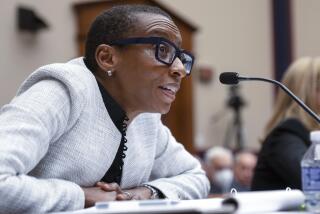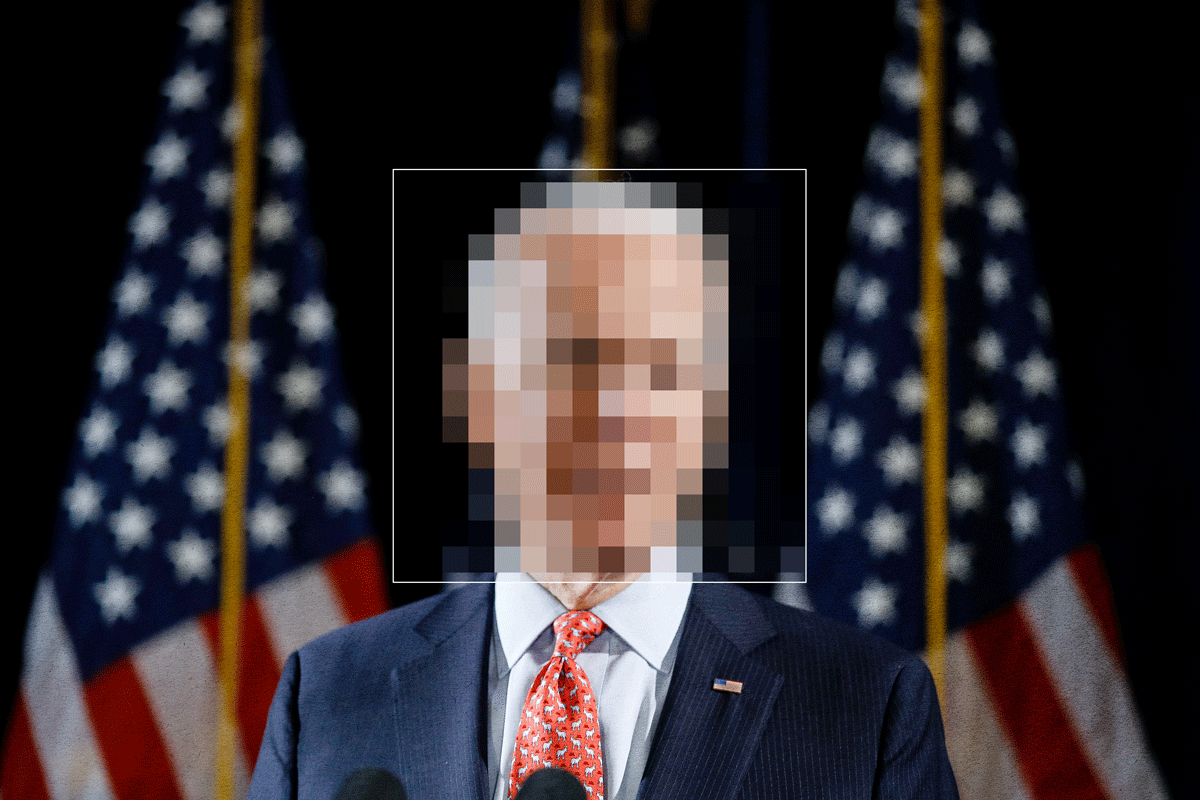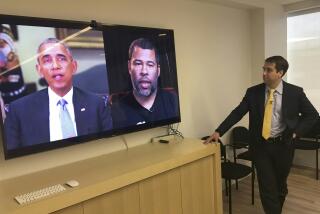Forgery Foil Verifies Signatures 3 Ways : Security: An inventor is looking for a few good fakers. He wants to test an ID system even the FBI canât match.
MURRAY HILL, N. J. â Eyal Kishon is looking for a few good forgers.
Kishon, a scientist at AT&T; Bell Laboratories, has devised a signature-identification system he thinks could snag the baddest of bad-check artists.
Tests of the system on colleagues at Bell Labs produced sterling results, but Kishon wants to give it a real workout. Thatâs where the problem lies.
âWe need impostors and forgers to really test this,â he said. âHowever, most are in prison and the really good ones havenât been caught.â
In commercial use, the system would ascertain the identity of a credit card user or someone entering a building or logging onto a computer.
Other methods of identifying people are virtually foolproof, but the signature system would be more suitable for everyday transactions at the bank or department store.
Fingerprinting, for example, is too closely associated with criminals. DNA, or genetic fingerprinting, is considered highly accurate, but âmost people donât want to give blood every time they go to the grocery store,â Kishon said.
The Pentagon uses the pattern of blood vessels in the eye to identify people involved in top-secret projects, but that is far too expensive for consumer use, Kishon said.
In Kishonâs system, the customer would use an electronic pen to sign a transparent, pressure-sensitive writing pad. Three elements of the signature are recorded: the shape of characters, the pressure applied and the speed of writing.
âA forger can copy the shape of your signature,â Kishon said. âBut he doesnât know and canât imitate the pressure you use, the speed with which you write or the sequence in which you cross your tâs and dot your iâs.â
In Kishonâs system, the modern John Hancock gives 10 sample signatures.
A computer breaks down the samples and comes up with a model signature. The model does not look exactly like the original, but contains all the critical information: pressure, speed and shape.
In his test, Kishon gathered the model signatures of 20 scientists. Some were told to practice forging the signatures of their peers.
When processed through the computer, a real signature appears as a shadow, or double image, of the stored model. A forgery--even one that seems authentic to the naked eye--appears as a tangled string when superimposed over the real thing.
The reason? Speed and pressure donât match up.
Steve Markardt of the FBI said the Bell Labs system measured one variable that law enforcement so far cannot--speed.
In addition, he said, âA skilled document examiner can look at the shape and see pressure points, but only after the fact.â
Kishon said the yet-unnamed system will not be foolproof, but it could serve a variety of uses.
For example, someone making a credit card purchase could sign directly on the computer pad. The computer would instantly compare the signature with one stored in a data base or information stored in the cardâs magnetic stripe.
At the same time, the computer could check the customerâs credit and spit out a paper receipt.
More to Read
Sign up for Essential California
The most important California stories and recommendations in your inbox every morning.
You may occasionally receive promotional content from the Los Angeles Times.










